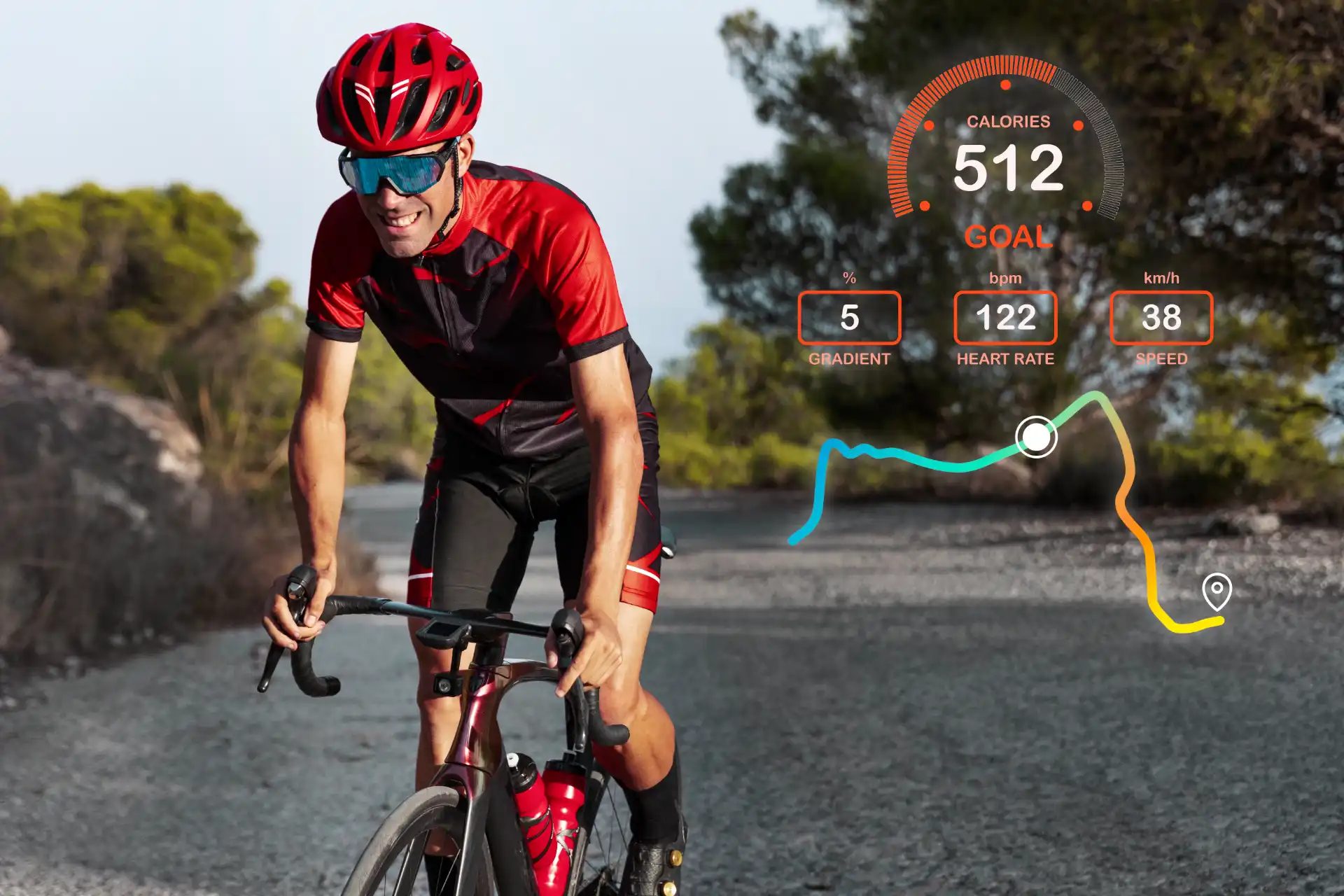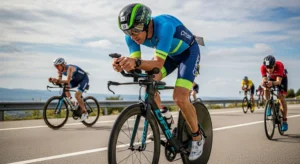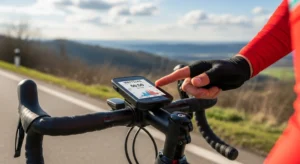Beginner’s Guide to Using a Power Meter: Train Smarter with iBike
If you’re new to cycling and serious about improving your performance, one of the most effective tools you can invest in is a power meter. Unlike heart rate monitors or speed trackers, a power meter gives you direct feedback on how much energy you’re putting into each pedal stroke. In this beginner’s guide, iBike will help you understand how power meters work and how to use them to train smarter—not just harder.
⚙️ What Is a Power Meter?
A power meter measures the actual power output (in watts) that you generate while cycling. This allows you to train based on real performance data instead of estimates.
Most power meters are installed in your bike’s:
-
Crank arm
-
Pedals
-
Rear hub
-
Chainring or spider
iBike recommends choosing a model that fits your riding style and budget, especially if you’re just getting started.
💡 Why Should Beginners Use a Power Meter?
✅ Train with Precision
Power meters remove the guesswork. You’ll know exactly how hard you’re working, regardless of terrain, wind, or fatigue. This helps you pace better during workouts and events.
✅ Track Progress Over Time
Your power output gives a clear picture of fitness gains. As you train, you’ll see improvements in your average and peak watts—something you can’t easily gauge with just speed or distance.
✅ Set Realistic Goals
Using metrics like Functional Threshold Power (FTP), you can tailor your training zones and track your improvement week by week. iBike often emphasizes the importance of realistic goal-setting for long-term success.
🔍 Key Terms to Know
-
Watts – The unit of power you’re generating
-
FTP (Functional Threshold Power) – The maximum power you can sustain for 60 minutes
-
Training Zones – Power-based intensity levels (Zone 1–Zone 7) to guide your workouts
-
Normalized Power – Adjusted power that accounts for effort variability during rides
Don’t worry—iBike offers guides to explain each term in detail as you progress.
🏋️ How to Start Training with a Power Meter
1. Get a Baseline FTP Test
Start by doing a 20-minute FTP test to determine your average power output. This number helps define your training zones and structure your workouts.
2. Follow Structured Workouts
Use your zones to build workouts for endurance, tempo, threshold, and intervals. iBike recommends gradually increasing intensity over time and always allowing recovery days.
3. Track and Analyze Your Rides
Use cycling apps or power-based platforms like TrainingPeaks, Strava, or Zwift to analyze your ride data. You’ll see trends in your fitness and understand how your body performs under different efforts.
4. Stay Consistent
Data only works if you ride consistently. Set small weekly targets, keep your power meter calibrated, and review your results after every ride.
🚫 Common Mistakes Beginners Make
-
Ignoring Recovery Zones – Not every ride should be intense. Zone 1 and 2 rides help build endurance.
-
Only Focusing on FTP – While FTP is helpful, don’t ignore other metrics like cadence, heart rate, or ride duration.
-
Overtraining – Pushing too hard without rest leads to burnout. iBike encourages balance and recovery as part of every training plan.
⚖️ Choosing the Right Power Meter
When selecting a power meter, consider:
-
Budget – Pedal-based options are often more beginner-friendly
-
Compatibility – Make sure it works with your bike and head unit
-
Durability – Choose a water-resistant and well-reviewed brand
iBike frequently reviews power meter models to help riders find the right match. Check out our gear guide for recommendations!
Final Thoughts
A power meter can completely transform the way you train by giving you objective, real-time feedback. As a beginner, this tool helps you develop smarter strategies, avoid overtraining, and improve steadily.
Whether you’re chasing a personal best or training for your first big ride, iBike is here to guide you every step of the way with expert cycling advice and power meter insights.




